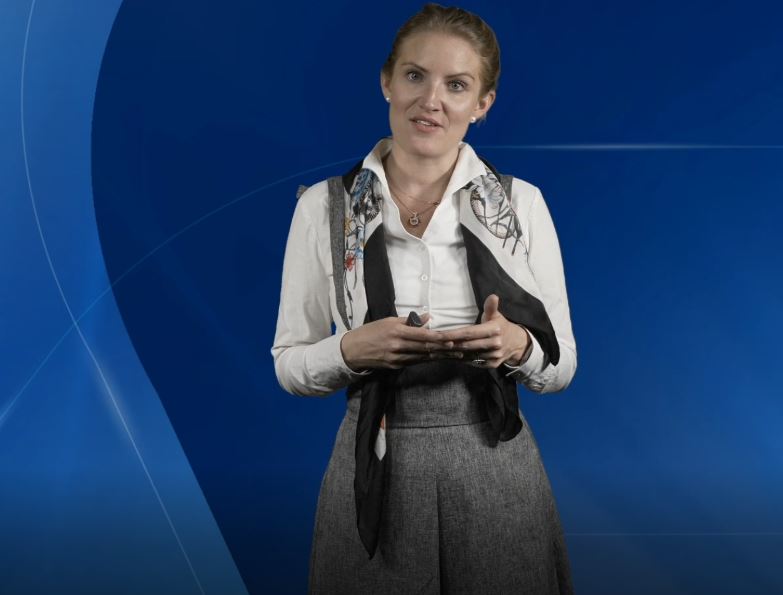media training case study – 1
Media Coaching for EY
EY is one of the big four accounting firms in the world. It is only normal that some of the members of management and communications are occasionally expected to release statements to finance-related media, either written or verbal.
Some of the topics may be about general knowledge. Others may not even concern the company directly. On some occasions, they may involve crisis situations within the company. Scenarios that contain a scandal in the company tend to attract the media like magnets. Even though public crises occur rarely, top executives must be well prepared to answer pressing and uncomfortable questions to the news media when the time does come. That’s where good media training comes in handy.
When scores of cameras are pointing at you, and you know that whatever you say and do will be scrutinized by all, you’re glad you took some public speaking training. Body language becomes as important as the content of the answers. Tone of voice, body posture, eye contact and pauses are key.
We first offered theoretical training for the first 20 minutes. The subjects later warmed up with elevator pitches and received feedback. It is normal to feel nervous in such a pressing situation, but practical media training undeniably boosts confidence to perform correctly.
The class later continued with two simulations of a real, on-camera interview by a real journalist. The first simulation included a light average scenario, and the second simulated a crisis situation. The whole training was recorded and played back for immediate feedback, and the participants later kept a copy of the video for future reference.
public speaking case study – 2
Media Training for Robeco Sam
Case Study – Robeco Sam
For Robeco Sam, public speaking is a must. The company is all about providing sustainable investment services, while also informing about new environmental trends.
The firm decided to make several groups of four, and the groups came on different days. Having colleagues around helped significantly on the practical media training side, as each participant could learn from the other. The process was also more interactive and dynamic to watch.
After a couple of hours, the participants were in the swing. They were more relaxed, and you could tell they were having fun. As usual, we began with a theoretical segment, showing real-life video examples of “do’s and don’ts.” We went on to warm up with an elevator pitch, and finally to doing simulations of real interviews. We made sure to ask trainees light questions at first, but then slowly inserted tougher and more uncomfortable questions. We recorded every segment and played them back for feedback. Afterwards, each participant left with a copy of their performance for future reference.
Q&A on Media Training
Why media training?
“Poets, priests and politicians have words to thank for their positions.” So says an old pop song and, indeed, using words well can make all the difference, depending on your line of work. But it’s not just the words themselves that matter; it’s how they’re delivered, when, in what tempo, with what expression, hand gestures, and a myriad other little details that, put together, define what we call presence or charisma.

At times of crisis in a company, or just at times when persuasion, clarity and conviction are a must, having a little public speaking training can go a long way to getting you over the bar. As with most things, it’s not rocket science, and practice makes perfect. That’s why, at Fullframe, we put the onus on practice over theory.
Why media training with Fullframe?
- Because we have both male and female public speaking coaches;
- Because these media trainers have years of TV and live event hosting experience;
- Because we have a video production studio in which we can record sessions that allow you to analyze your on-screen performance and focus on how and where to improve;
- Because if you can’t find time to come to us, we’ll come to you;
- Because we’re nice people who will help you achieve your goals in media training.
How does it work?
We can organize individual training sessions, or media training for small groups of up to four. These can be run at our studio or at your offices or home. We’ll start off with a bit of theory and observation, but quickly jump into practicing, in front of each other and in front of the camera.
At first the topics and questions will be gentle, but we’ll work our way up to some tough curve balls, just to make sure that you’re ready if push comes to shove.
Spark up your Image!
Stand out for all the right reasons.
We help you communicate in a clear, creative and comprehensive manner. Make your message memorable…
